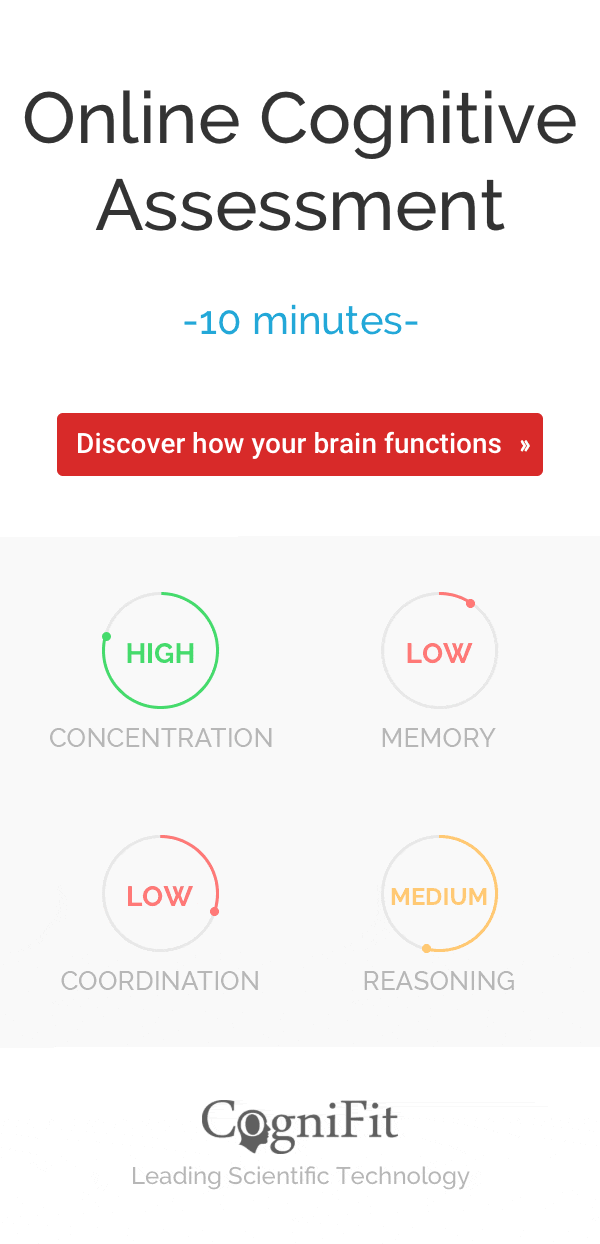
Brain changes in kids learning math
Many kids ask their math teacher why learning a particular mathematical concept or skill is important. When helping kids out with their homework, many parents may wonder the same thing. Now scientists are unraveling the earliest building blocks of math — and what children know about numbers as they begin elementary school seems to play a big role in how well they do everyday calculations later on.
The findings from the National Institutes of Health have specialists considering steps that parents might take to spur math abilities, just like they do to try to raise a good reader. This is not only about trying to improve the nation’s math scores and attract kids to become engineers. It is far more basic, such as how rapidly can you calculate a tip? Do the fractions to double a recipe? Know how many quarters and dimes the cashier should hand back as your change?
About 1 in 5 adults in the U.S. lacks the math competence expected of a middle-schooler, meaning they have trouble with those ordinary tasks and are not qualified for many of today’s jobs. “Experience really does matter,” said Dr. Kathy Mann Koepke of the National Institutes of Health, which funded the research.
Healthy children start making that switch between counting to what is called fact retrieval when they are 8 years old to 9 years old, when they are still working on fundamental addition and subtraction. How well kids make that shift to memory-based problem-solving is known to predict their ultimate math achievement. Those who fall behind “are impairing or slowing down their math learning later on,” Mann Koepke says.
But why do some kids make the transition easier than others? To start finding out, Stanford University researchers first peeked into the brains of 28 children as they solved a series of simple addition problems inside a brain-scanning MRI machine.
Kids from seven to nine years old saw a calculation flash on a screen (e.g. 3+4=7) and pushed a button to say if the answer was right or wrong. Scientists recorded how quickly they responded and what regions of their brain became active as they did.
In a separate session, they also tested the kids face to face, watching if they moved their lips or counted on their fingers, for comparison with the brain data. The children were tested twice, approximately a year apart. As the children grew up, their answers relied more on memory and became faster and more accurate, and it showed in the brain. There was less activity in the prefrontal and parietal brain parts associated with counting and more in the hippocampus.
Next, the team put 20 adolescents and 20 adults into the MRI machines and gave them the same simple addition problems. It turns out that adults do not use their memory-crunching hippocampus in the same way. Instead of using a lot of effort, retrieving six plus four equals 10 from long-term storage was almost automatic, the team said.
In other words, over time the brain became increasingly efficient at retrieving facts. Think of it like a bumpy, grassy field, NIH’s Mann Koepke explains. Walk over the same spot enough and a smooth, grass-free path forms, making it easier to get from start to end.
If your brain does not have to work as hard on simple math, it has more working memory free to process the teacher’s brand-new lesson on more complex math.
While schools tend to focus on math problems around third grade, and math learning disabilities often are diagnosed by fifth grade, the new findings suggest “the need to intervene is much earlier than we ever used to think,” Mann Koepke adds and even offers some tips:
Don’t teach your toddler to count solely by reciting numbers. Attach numbers to a noun — “Here are five crayons: One crayon, two crayons…” or say “I need to buy two yogurts” as you pick them from the store shelf — so they’ll absorb the quantity concept.
Talk about distance: How many steps to your ball? The swing is farther away; it takes more steps.
Describe shapes: The ellipse is round like a circle but flatter.
As they grow, show children how math is part of daily life, as you make change, or measure ingredients, or decide how soon to leave for a destination 10 miles away,
“We should be talking to our children about magnitude, numbers, distance, shapes as soon as they’re born,” she contends. “More than likely, this is a positive influence on their brain function.”
CogniFit offers you an online platform to assess and train the cognitive abilities of children such as their concentration, memory and attention: CogniFit for Families. CogniFit personalized brain training program helps boost reading skills and cognitive functions. The program also includes a specific training for mental arithmetic.












